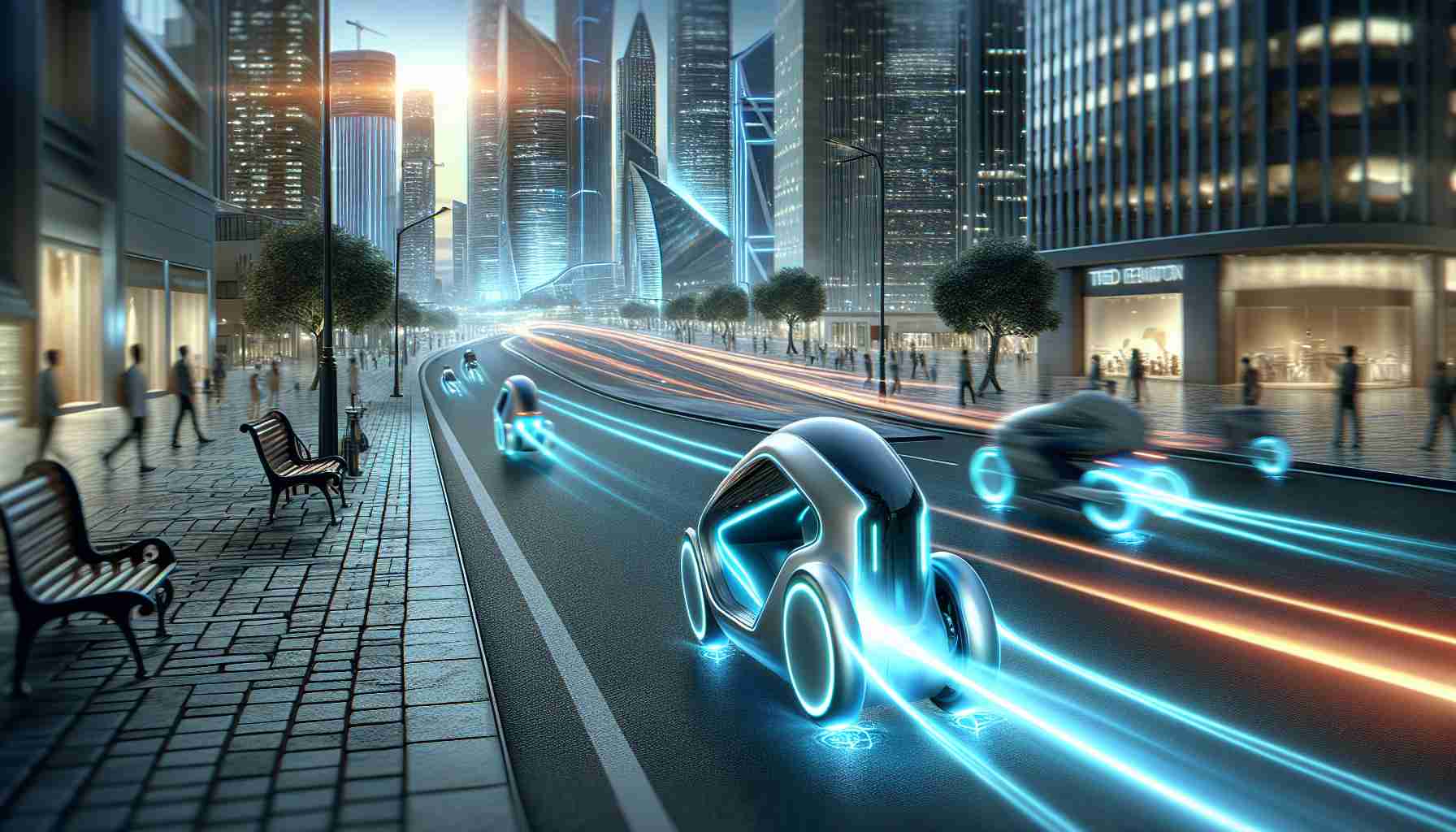Electric two-wheelers (2W) have emerged as a game-changer in urban transportation, offering a promising solution to reduce emissions and alleviate road congestion. Their rising popularity, especially in Asia, indicates a shift towards sustainable mobility. While electric cars and trucks also rely on infrastructure development for long-term success, the key to the 2W segment lies in an innovative approach – swapping, rather than charging.
As the urban landscape evolves, traditional modes of transportation are increasingly burdened by traffic congestion and environmental concerns. Electric two-wheelers provide a practical and efficient solution to these challenges. With zero tailpipe emissions, they contribute to improved air quality and reduced carbon footprints. Furthermore, their compact size allows for easy maneuverability, making them ideal for congested city streets.
Unlike electric cars, which rely on charging stations, 2W users have the option to swap their batteries instead of waiting for a charge. This system offers several advantages. Firstly, it eliminates the need for long charging times, allowing users to quickly swap out their depleted battery for a fully charged one. Secondly, battery swapping stations can be strategically placed throughout cities, ensuring convenient access for riders. This infrastructure-oriented approach addresses the limitation of charging stations that require time-consuming charging processes.
The growing adoption of electric two-wheelers signifies a transformative shift in urban mobility. It not only provides an eco-friendly alternative to conventional vehicles but also offers a cost-effective mode of transportation. In densely populated cities, where congestion and limited parking spaces are prevalent, 2Ws provide a practical solution that makes commuting easier and faster.
The success of electric two-wheelers ultimately depends on the development of a robust infrastructure network. Governments and private enterprises must collaborate to establish an extensive battery swapping infrastructure that caters to the needs of the growing 2W user base. By doing so, cities can embark on a sustainable path towards reducing emissions and creating a more efficient transportation system.
In conclusion, electric two-wheelers are revolutionizing urban mobility by slashing emissions and reducing road congestion. With their compact size, zero tailpipe emissions, and innovative battery swapping system, they offer a practical and sustainable solution for the future of transportation. As cities strive for greener and more efficient modes of mobility, the rise of electric two-wheelers paves the way for a cleaner and more accessible urban environment.
FAQ Section:
Q: What are electric two-wheelers (2W)?
A: Electric two-wheelers are vehicles that use electric power for propulsion, such as electric scooters and motorcycles.
Q: What impact do electric two-wheelers have on urban transportation?
A: Electric two-wheelers offer a promising solution to reduce emissions and alleviate road congestion in urban areas.
Q: How do electric two-wheelers contribute to improved air quality?
A: Electric two-wheelers have zero tailpipe emissions, which means they do not release pollutants into the air during operation, improving air quality.
Q: What makes electric two-wheelers ideal for congested city streets?
A: Electric two-wheelers are compact in size, making them easy to maneuver in congested city streets where space is limited.
Q: How do electric two-wheelers differ from electric cars in terms of charging?
A: Electric cars rely on charging stations to recharge their batteries, while electric two-wheelers have the option to swap their batteries instead of waiting for a charge.
Q: What are the advantages of battery swapping for electric two-wheelers?
A: Battery swapping allows users to quickly swap out their depleted battery for a fully charged one, eliminating the need for long charging times. It also allows strategically placed battery swapping stations throughout cities for convenient access.
Q: What challenges need to be addressed for the success of electric two-wheelers?
A: The development of a robust infrastructure network, specifically battery swapping infrastructure, is crucial for the success of electric two-wheelers. Collaboration between governments and private enterprises is necessary to cater to the needs of the growing user base.
Key Terms and Jargon:
– Emissions: Substances released into the air, such as pollutants.
– Carbon footprints: The total amount of greenhouse gases emitted directly or indirectly by an individual, organization, or activity.
– Tailpipe emissions: Emissions released from the exhaust system of a vehicle.
– Maneuverability: The ease with which a vehicle can change direction or move around obstacles.
– Battery swapping: The process of replacing a discharged battery with a charged battery.
Related Links:
– More Information on Electric Two-Wheelers
– Benefits of Electric Vehicles
The source of the article is from the blog hashtagsroom.com
